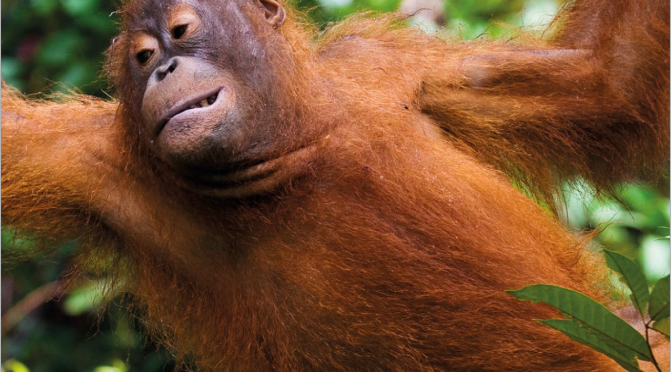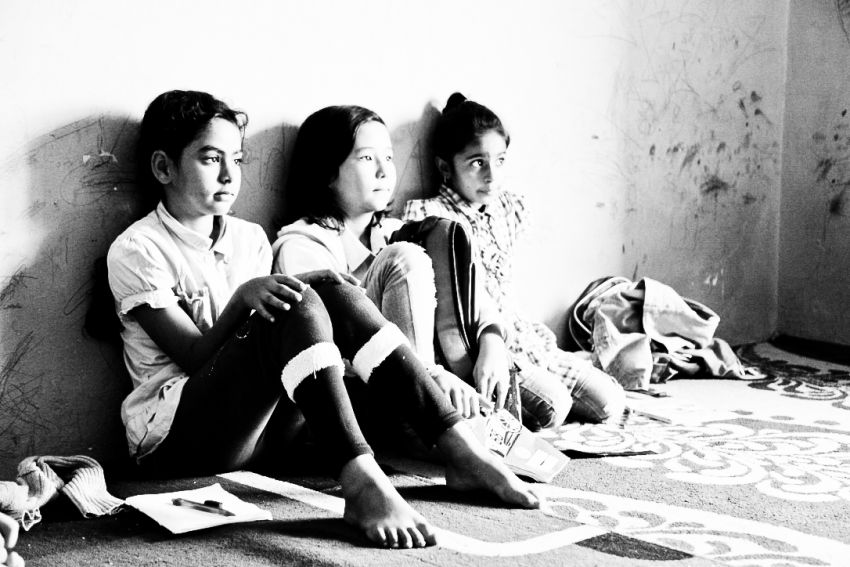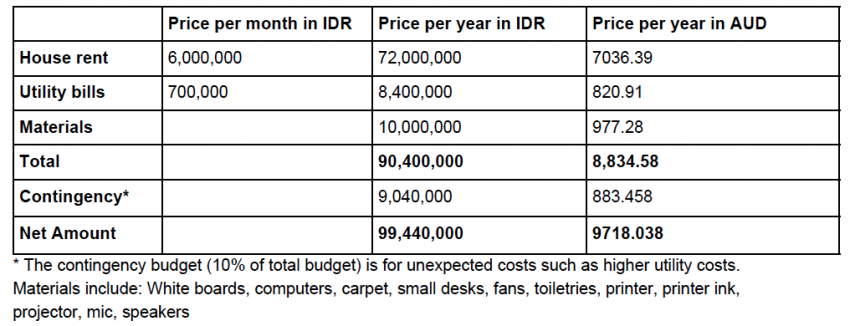First published in South China Morning Post
- A mother-of-two who had held off against getting vaccinated ‘felt like a social outcast’ when Singapore announced segregation measures for the unvaccinated
- She got jabbed, but a breastfeeding mother has not and says ‘If people want to judge me, it’s on them’. A vaccinated woman laments the division over jabs
In August, the Singapore government announced strict segregation measures for the unvaccinated. Immediately, there was a surge in vaccination numbers, leaping from 70% completing the full regimen on 8 August to 78% just two weeks later. For those who remain unvaccinated, however, there is a feeling of being ostracised.
Mrs Ong (no first name given to protect identity) is 38 and a mother of two. She was hesitant of the mRNA vaccine and held off getting vaccinated for as long as she could, citing concerns over vaccination injuries and adverse reactions. “I was concerned about myocarditis (inflammation of the heart muscle), which is one of the adverse side effects of the vaccine,” she says.
When the government announced the new restrictive measures for unvaccinated people, Mrs Ong felt “pressured” into booking her vaccination. “I felt like a social outcast,” she said, “so I reluctantly decided to get the vaccine so that I could have a sense of freedom again.”
Mrs Ong opted for the Pfeizer jab and has completed one of the two shots so far. Post-vaccination side effects she experienced included lethargy, headaches and nausea lasting two days. While awaiting her fully vaccinated status – which doesn’t come into effect until two weeks after the second jab – she eats at home and doesn’t socialise as she used to.
Regulations that went into effect on 10 August prohibit unvaccinated people over the age of 13 from dining in F&B outlets, except for hawker centres. Unvaccinated individuals are also prohibited from using indoor gyms or join indoor mask-off fitness classes, and have been encouraged to restrict movement to group sizes of two people.

There are loopholes, although costly. An unvaccinated person is permitted to dine-in at an F&B establishment by presenting a negative pre-event Covid-19 result from an approved medical clinic that charges S$30 – S$65 for the test.
Mrs Lim (no first name given to protect identity) is 42 and works as a dance instructor. She is fully vaccinated and believes getting the jab was a selfless act of service for humanity. “We are all craving connection, and if this can help to rebuild connections, businesses, and help travel reopen, I am happy to do it,” she admits.
Mrs Lim has noticed a divide between vaccinated and non-vaccinated people on social media, believing that misinformation is having a rippling effect on communities. “Vaccinated people are just getting on with it, but the anti-vaxxers are causing themselves more mental trauma by creating so much anger on social media,” she shares.
As of 5 September, 81% of Singapore’s population of 5.9 million people have received both doses of the Covid-19 Pfeizer or Moderna vaccines. The Lion State also recently allowed other vaccines recognised in the World Health Organization’s Emergency Use Listing (WHO EUL), including Sinovac.
Although the majority of Singapore’s residents are now vaccinated (81%), there are still many who are wary of or choose not to vaccinate. Mrs Tan (protecting identity) is in her late thirties and chooses to remain unvaccinated. Currently breastfeeding a 5-month-old baby, she cites the main reason for her decision to remain unvaxxed to the lack of long-term studies on the effect of the mRNA vaccine on babies.
“There are no long-term studies on the effect of the mRNA technology on the human body, therefore I prefer to take my chances on my immune system and the different immune boosting strategies I’ve been using for a while.” Mrs Tan supplements with vitamin C, D and Zinc, and follows a whole foods plant-based diet, with regular exercise.
Mrs Tan feels that the unvaccinated are discriminated against in Singapore. A strong believer in personal responsibility and freedom, however, she has “made peace” with the restrictions imposed on her decision not to vaccinate. “If people want to judge me, it’s on them,” she says.
Going forwards, Mrs Tan wishes to see a strong emphasis and education on ways to improve health and physical resilience. This includes outdoor activities, healthy eating, faith or spiritual-based practices, and a return to strong human connections.
After a year and a half of lockdowns, mask-wearing, social distancing, and restrictions on social activities, many residents got vaccinated believing they were helping the nation open up safely. But with surging numbers and a trajectory seeing a doubling of cases every week, the Government has urged its citizen to reduce non-essential social activities over the next two weeks.
As the government “monitors the situation”, the public remains in a state of unknowing once again, unsure of whether Singapore will continue its roadmap to an endemic Covid-19 or fall back on previous restrictive measures.
For many like Mrs Ong, there is a feeling of frustration at the recent announcements. “Even with over 80% of the population vaccinated, the Government is still recommending people avoid social activities and are introducing new testing regulations, which are constantly changing and very confusing,” she laments.
Mrs Ong wishes Singapore could return to normal life like the US and UK, with the exception of wearing masks in public places or on public transportation. “We need to accept the fact that most people will eventually get Covid-19, but that most will recover,” she says.







































 Five Senses: Taste
Five Senses: Taste






